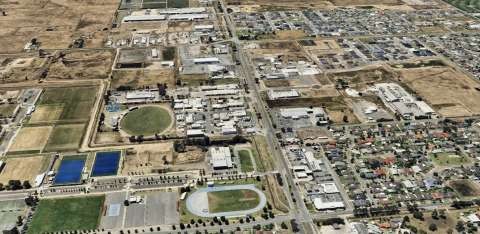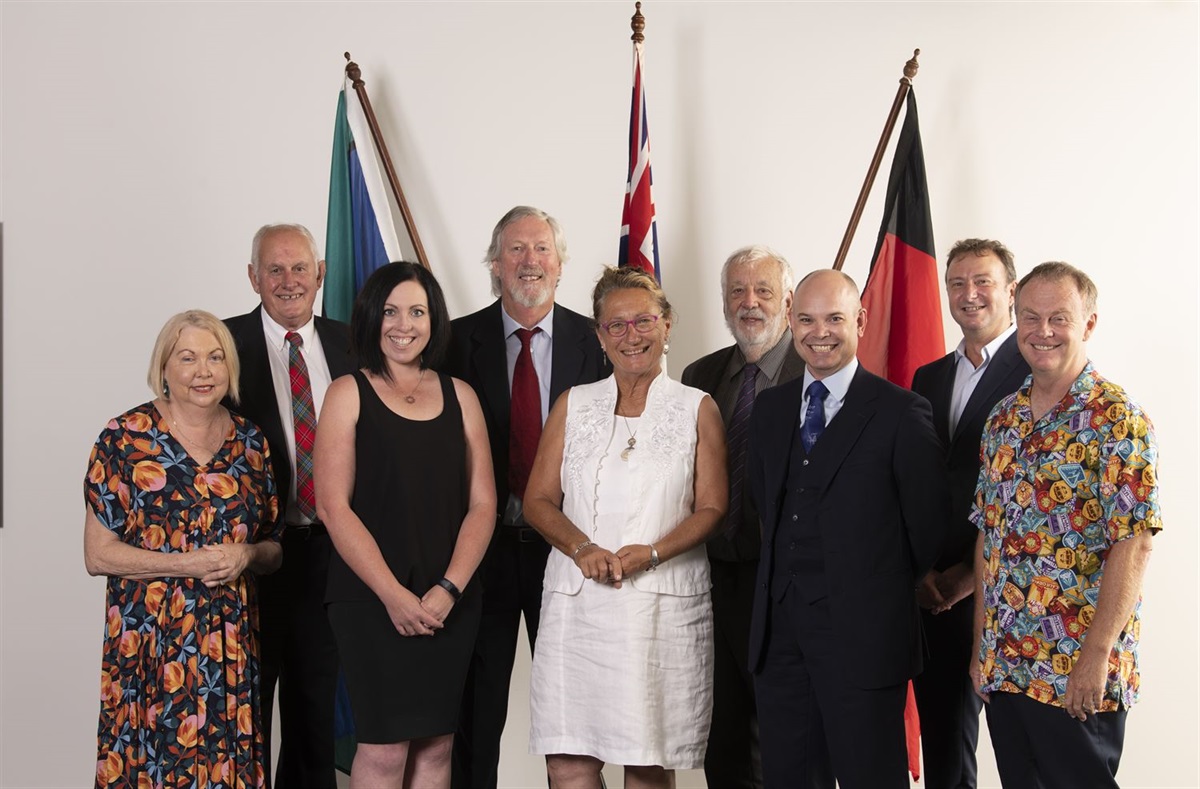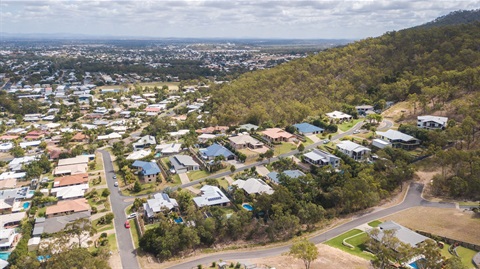
A parent’s lung, heart and bone health all have an impact on their child by the age of 11 or 12, according to a snapshot of pre-teen health.
Led by Murdoch Children’s Research Institute, the Child Health CheckPoint was a one-off physical assessment of 1800 children and their parents across 30 Australian cities and towns.
Through the 15-minute, circuit style tests, researchers examined the links between the health of 11-12 year olds and at least one parent, looking for clues to the genetic and environmental causes of disease development.
The results are published in BMJ Open.
Child Health CheckPoint project leader Professor Melissa Wake said information from the assessments would help governments, health workers and researchers develop strategies to keep Australians healthy.
“Identifying possible links between the health of a child and their parents means we can identify high-risk kids while the window for prevention remains wide and take steps to keep them healthy,” Prof Wake said.
Heart
At the Heart Lab assessment station, researchers measured blood pressure, and the elasticity and thickness of the walls of arteries that are known to predict heart disease and stroke in older adults.
Almost 1 in 10 parents in the study had high blood pressure, potentially putting them at cardiovascular risk and highlighting the need for early prevention.
Murdoch Children’s Research Institute group leader and author on the vascular health paper Prof David Burgner said the results showed that some measures are similar in parents and their children by age 11-12.
“Our findings support and contribute to other population studies that show links between children and parents’ vascular health,” Prof Burgner said.
“This is likely to reflect both shared genes and similar lifestyle factors such as diet and exercise in families”.
“The next step is to look further into how and why arterial stiffness, and the related risk factors, are transmitted in families.”
Lungs
In the Lung Fun assessment, researchers used a spirometer to measure respiratory health, examining airway size and lung volume to identify airway obstruction. They found a modest but significant family link, highlighting the potential for better identification of at-risk populations.
Murdoch Children’s Research Institute honorary fellow manager Dr Liam Welsh said that while there are likely to be a range of factors influencing lung health, these results suggest a potential role for screening.
“Screening the children of parents with low lung function for possible intervention might guard against low lung function or lung function decline,” said Dr Welsh, who was lead author on the lung health paper.
Bones
Osteoporosis and poor bone health can begin in childhood, but are not usually diagnosed until a fragility fracture occurs later in life. Genetics is thought to contribute to an individual’s bone mass much more than lifestyle and behaviour, and osteoporosis often clusters in families.
In the Bone Zone assessment, children and parents had their upper leg scanned using peripheral quantitative computed tomography (pQCT) scanner; a technique that gives a more complete picture of bone health than traditional density scans.
The results showed a strong familial link in bone shape and a moderate link in bone density, suggesting that a person’s genetic bone density is fully expressed before they reach adolescence.
Murdoch Children’s Research Institute honorary fellow and author on the bone health paper Dr Peter Simm said there was growing evidence that bone density alone does not adequately explain fragility fractures, with bone size and geometry possibly better predictors.
He said that while the most focus is on bone health in older Australians, skeletal health in later life likely also results from peak bone mass established in childhood and the rate of inevitable bone loss during mid-life.
“Shifting the focus to identify poor bone health in childhood and mid-life could help identify those at-risk and therefore intervene before fragility fractures occur,” Dr Simm said.
• Funded by the Federal Government, the Child Health CheckPoint study is nested within the Growing Up in Australia study, which is run by the Department of Social Services, Australian Institute of Family Studies and
Australian Bureau of Statistics. The Child Health CheckPoint was supported by the National Health and Medical Research Council (Project Grants 1041352, 1109355), Royal Children’s Hospital Foundation (2014-241),
Murdoch Children’s Research Institute, National Heart Foundation of Australia (100660), Financial Markets Foundation for Children (2014-055, 2016-310) and the Victoria Deaf Education Institute.








